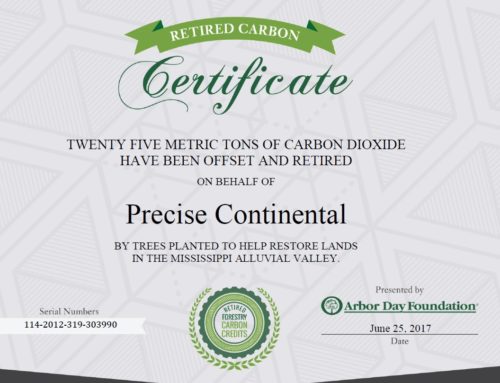As of April 3, 2008, more than 100 million ha of forest lands were managed according to FSC requirements in March 2008. The FSC standards for responsible forest management are widely regarded as the most rigorous social and environmental standards in the industry.
Currently, 103’456’399 ha of forest are globally FSC certified, distributed over 79 countries.
By forest type, more than half of global FSC certified forest area is natural forests, only around 7% is plantation forests. About half of all FSC certified forest are boreal around 12% is tropical or sub – tropical. 13 million ha of tropical forest are FSC certified. This is close to one in four of all forest management certificates issued by FSC.
More than one in six forest management certificates issued by FSC are to communities and small forest owners.
Globally, FSC certified forests represent the equivalent of 7% of production forests. The latest UN FAO report confirms FSC to be the fastest growing forest certification scheme in the world. In 2006 FSC certified acreage grew by 20 million ha – roughly 33%.
‘FSC is about providing the highest social and environmental quality assurance in forest management – not about hectares certified. And yet we have reached the 100 million hectare mark earlier than anticipated. This shows a strong market interest in FSC and we are proud about this achievement’, commented Andre de Freitas, FSC Head of Operations.
‘The larger the forest area certified to FSC standards, the larger the forest area that is managed socially and environmentally responsibly. Each additional hectare certified to FSC standards brings us closer to achieving our mission: to improve forest management world wide’, continues Mr. de Freitas.
With the accelerated growth and associated expansion of FSC in new geographical areas over the past years, FSC is focusing particular attention on adapting and reinforcing its systems to new challenges in order to maintain and strengthen its credibility.
For quartely updates on FSC figures and charts, visit www.fsc.org/figures and www.fsc.org/charts.
Courtesy of the FSC website. www.fsc.org



